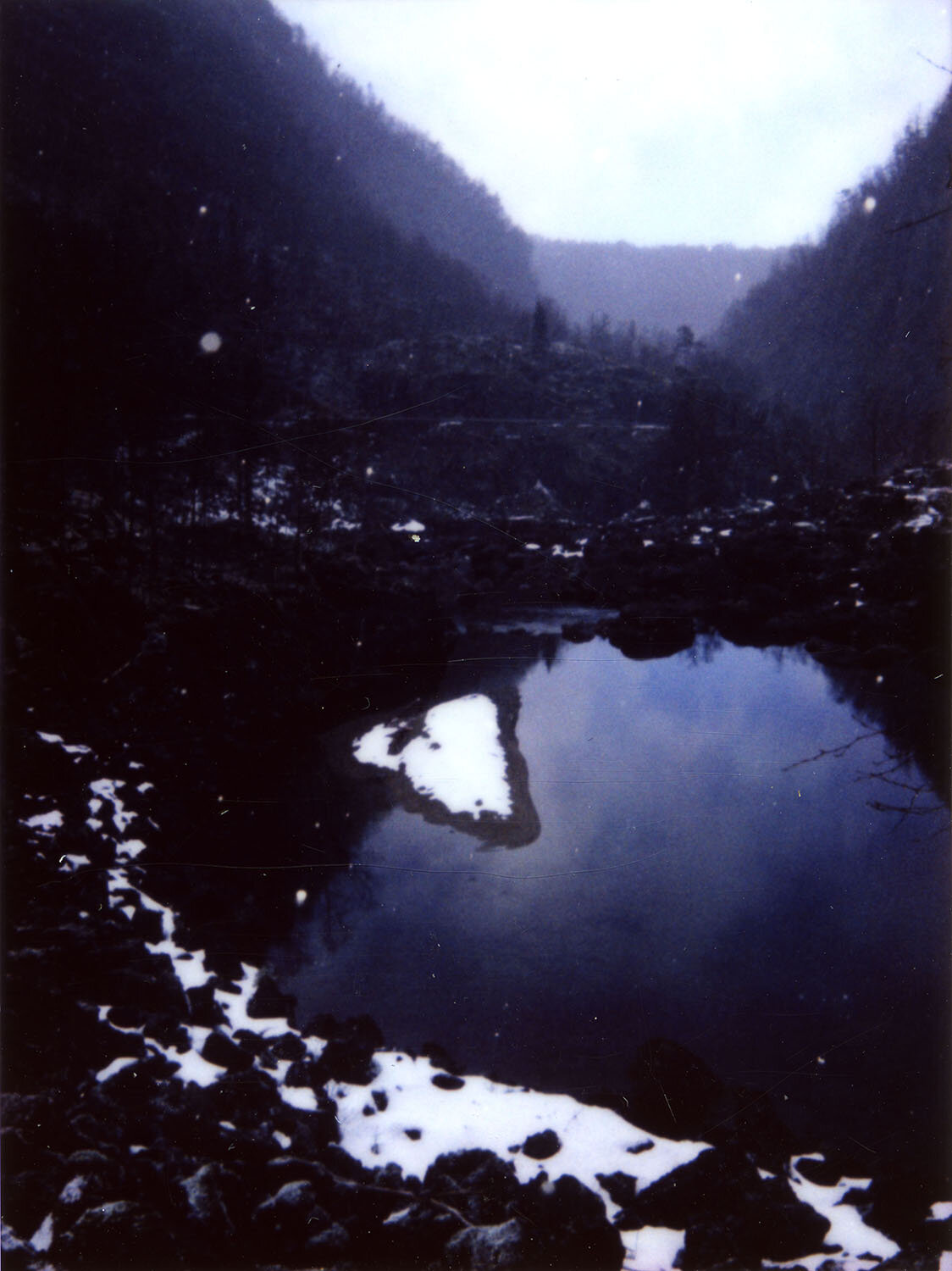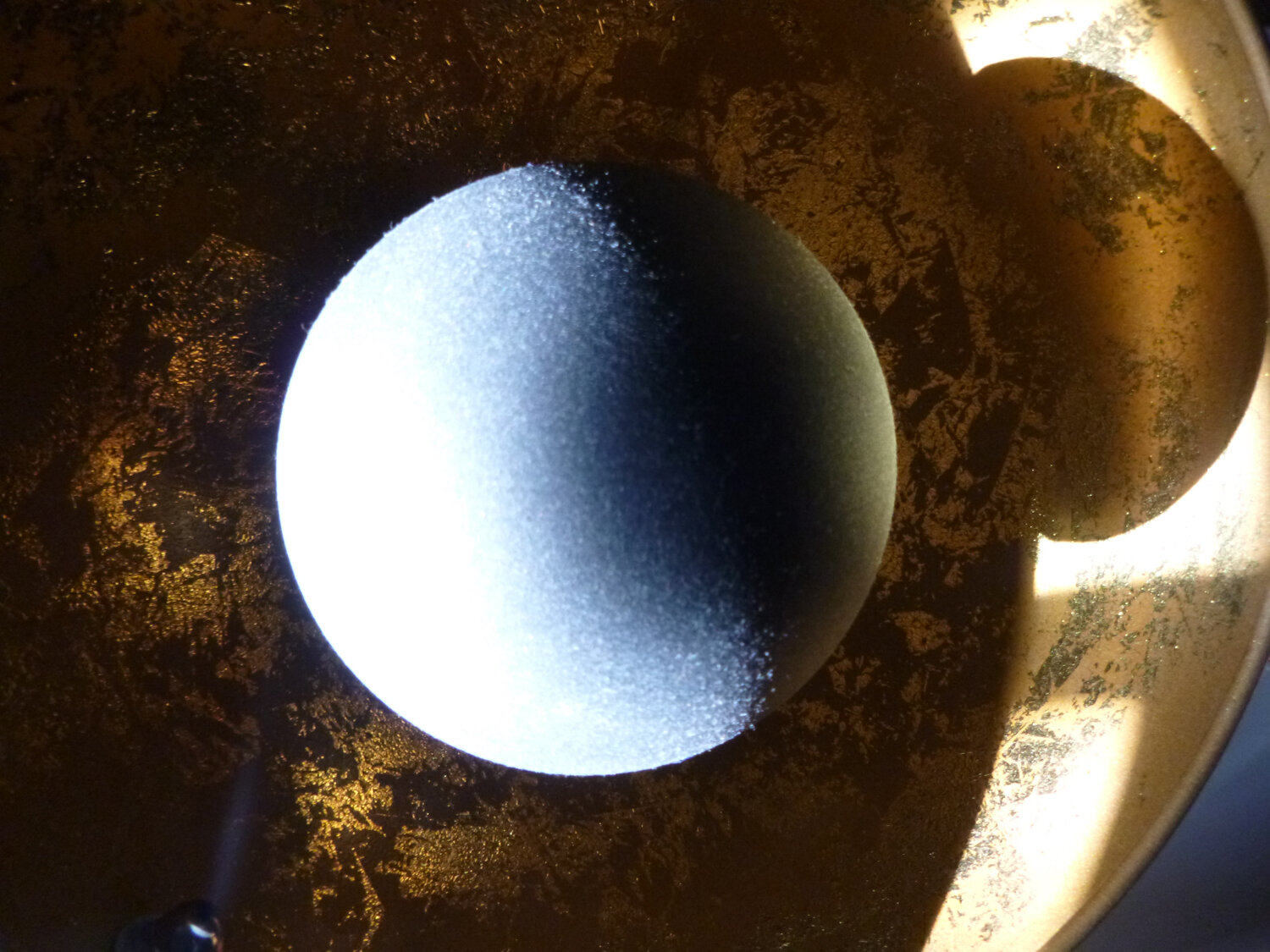A plea for creating beautiful photographic art | Viola Bender
Image by Carli Adby
Have you ever stood in an exhibition surrounded by sculptures, sound installations, photographs, or paintings and had a thought, "This isn't art. I don't get it?" Or alternatively, "Well, no. I wouldn’t call it art, I could have made that".
Image by Silje Løvstad
I’m afraid, I can’t absolve myself of never having had thoughts like that – especially before falling in love with the art world and consequently diving more deeply into its history, players, and dynamics.
Have you ever thought, "This isn't art. It's not "deep" enough. Artists shouldn't express themselves as they see fit. They should point out everything that's wrong with this world. Aren't they supposed to pose as a mirror to society?"
Just imagine standing in front of one of Yves Klein's famous monochromatic blue works or Barbara Hepworth’s sculptures and having these accusations pop into your head. I definitely have had this train of thought before. Not while looking at art in a museum but while staring at a blank page in my unused notebook, pondering what photographic projects I'd love to realize one day. What often paralyzes me (probably also others), is far too often the desire to create something “meaningful”. Ideally, something that ignites a spark in other peoples’ minds – a project that functions as a final puzzle piece that might help people to care about an important issue. Simultaneously, it feels like one is chaining photography to activism and forbidding oneself to use the medium for any other projects. Documentary photography would be one obvious (but not easy) road to follow. I admire photographers like Maren Krings (a Work Show Grow peer) who invest several years of their lives working on a project and raising awareness, this is undeniably valuable.
Image by Maren Krings
Image by Maren Krings
… it’s not the only way of creating work that matters. This blog post is intended for fellow overthinkers, the ones who feel guilty when their work doesn’t emanate one unambiguous message. The photographers that need to be reminded that it’s admirable and important to find and photographically acknowledge beauty – may it be in nature, in ordinary places, in relationships, or purely by chance and creating works that leave room for differing interpretations.
Image by Caterana Tonnē Fleur
1. You don’t have to be an activist in every area of your life.
Though it's tempting to utilise a language you're already well versed in for a cause that’s important to you. I personally extremely admire anyone who is raising awareness through their art – you’re not obligated to perform simultaneously as an artist AND activist. If you want to advocate for a certain cause, there are plenty of other ways to do that volunteer, go to protests, educate yourself, donate, promote others! You're still authentic as an artist even if you don't address every issue that engages you with your art.
2. Artists (and other professionals) from other disciplines don’t care (as much).
It’s probably one of the rare instances I’d say: yes, please do compare yourself with painters and composers. Or with florists. Please excuse the clumsy comparison, but have you ever looked at a bouquet put together by a skilled florist and not liked it because they could have made it more “complex“? For example, by creating a bouquet with not only one kind of flower but a more manifold collection of flowers – and thereby assembling an array of symbols.
I guess we feel the pressure (more) because photography is cursed (and blessed) by the preconception that it’s supposed to tell the truth. That it should document. Furthermore, we still have to defend photography as a medium against the accusation that it’s not as “worthy” as painting is as an art form, an endless debate since photographs inception in 1839. But a “new” paragone in 2021 isn’t helping anyone. Furthermore, given that we’re being flooded by pictures every day on social media it sometimes feels that we have to stand out. We have to remind ourselves that not everyone is as familiar with photography as people who’ve invested so much time and energy to learn its visual language like we have. Tell stories you want to tell. Follow your inspirations and ideas.
Image by Nastassja Nefjodov
3. It’s not (solely) your responsibility.
Firstly, we as creators often overestimate to what extent we can influence how our works are seen by others. Yes, we can guide the viewers with titles and accompanying texts – but not everyone will read them. We can guide the recipient's view with leading lines, by using certain colours, and by making use of symbols. But it's highly unlikely that every viewers' art historical knowledge coincides with our own – Panofsky sends his regards. Thus, they won't be able to decode it like we might have intended. But, that can also be a brilliant thing – our works can inspire and move people without us being able to foresee in what ways they will be able to appreciate it.
Secondly, different players – curators, editors, auctioneers, gallerists – rank first when it comes to deciding what will be seen by others, when and how it will be contextualized.
Lastly, viewers usually choose when, where, and for how long they want to engage with a certain piece of art. That is not to say that it's unimportant to burst peoples' bubbles by confronting them with art unexpectedly, but we don't necessarily have to attend to that matter. Recipients are able to consciously recognize their needs and choose what they want to consume accordingly. For example, in 2019 I actively chose to go to the Women War Photographers: From Lee Miller to Anja Niedringhaus exhibition in Düsseldorf but one year later – same museum – I decided to see the celebrity portraits of fashion photographer Peter Lindbergh. Both worthy of being seen, though the importance might be measured with different scales.
4. Graveness is not the (only) attribute that can mark something as “good art”.
If in doubt, ask a handful of friends if they think that (what they regard as) “good” art can be beautiful. Hanno Rauterberg, a German journalist and art critic, published a book, Und das ist Kunst?!: Eine Qualitätsprüfung, where he debunked common conceptions of what qualifies something as good art (e.g. that good art is supposed to disturb, that it must present something new, or be critical). I do think it’s worth it to take some time to reflect and make an informed decision about what makes art “good” in your eyes and also to contemplate what you personally enjoy looking at.
5. Please take care of your mental health.
In the Northern hemisphere spring has just begun, introducing itself with bright yellow forsythias and a couple of warm sunny days. Finally freeing us from grey and freezing months we’ve mostly spent either living alone or with too much human interaction in the same space – not to mention plenty of additional stressors that have been piling up on top of that. So please be kind to yourself. We’re still living through a pandemic. It’s not the time to add even more pressure on ourselves. Currently, we need (and perhaps appreciate) beautiful works more than ever. To remind us of the good things that are surrounding us. To (re)connect. To be inspired again. It’s okay to use art as a form of escapism – as a recipient but also as an artist. It’s also a good time to experiment without too much pressure. Remind yourself why you enjoy creating!
by Viola Bender
Viola Bender, based in Bonn (Germany), is a photographer, who uses our everyday world as a playground. Theatre photography is one passion, but she also depicts often overlooked details of life in a slightly new way.⠀
Image by Antonina Mamzenko
Mentioned books and further resources:
Rauterberg, H. (2015). Und das ist Kunst?!: Eine Qualitätsprüfung (3rd ed.). FISCHER Taschenbuch.
CrashCourse. (2016, October 3). Aesthetic Appreciation: Crash Course Philosophy #30 [Video]. YouTube
Kurzgesagt – In a Nutshell. (2018, October 23). Why Beautiful Things Make us Happy – Beauty Explained [Video]. YouTube
UC Berkeley Events (2014, September 29). Cognitive Neuroscience of Aesthetics [Video]. YouTube
Info:
1) Silje Løvstad
@siljelov
www.siljelovstad.com
Title: A Walk in the Past
Location: Sauda, Norway
Year: 2019
________________________
2) Nastassja Nefjodov
@nnefjodov
Title: Untitled 2020
Series: There Were Only Two Days Without Sun
________________________
3) Antonina Mamzenko, 2020
@mamzenko
mamzenko.com
________________________
4) Caterana Tonnē Fleur
@cateranatonnefleur
Title: Untitled
Location: Budapest
Year: 2016
Series: The Glass Needs to Crack
___________________________
5) Carli Adby
@carliadbyphoto
___________________________
6) Maren Krings
@maren_krings_photography
marenkrings.com
Title: From the long-term project - The Hemp Book







